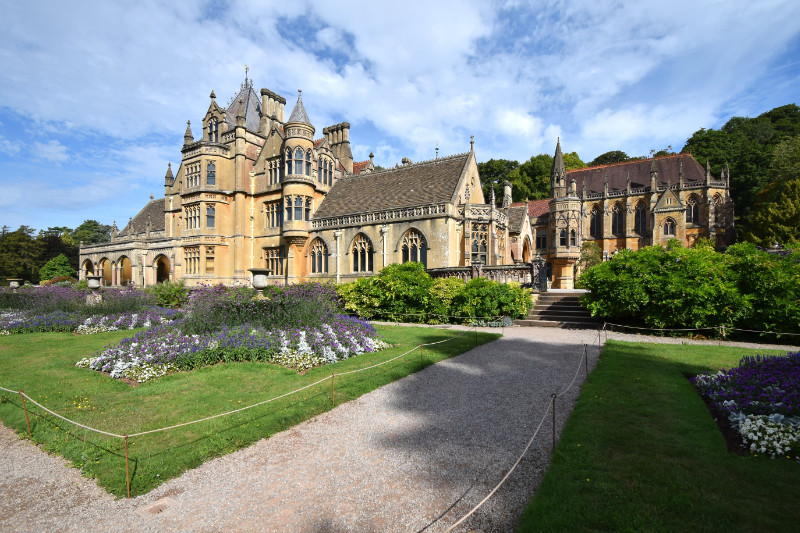On a recent brief visit to Hereford Cathedral we came across enormous capital letters spelling out the word "HOPE". They were parked in the south transept and featured lights cycling through a series of colours. I don't know if they were left over from a previous use, were waiting to be used, or were just a generalized exhortation to worshippers and/or visitors. Whatever their purpose their modern incongruity against the medieval stonework prompted a photograph. And caused me to hope that in the UK and across the world 2023 will be a clear and lasting improvement on 2022.
photo © T. Boughen Camera: Nikon Z 5

















































